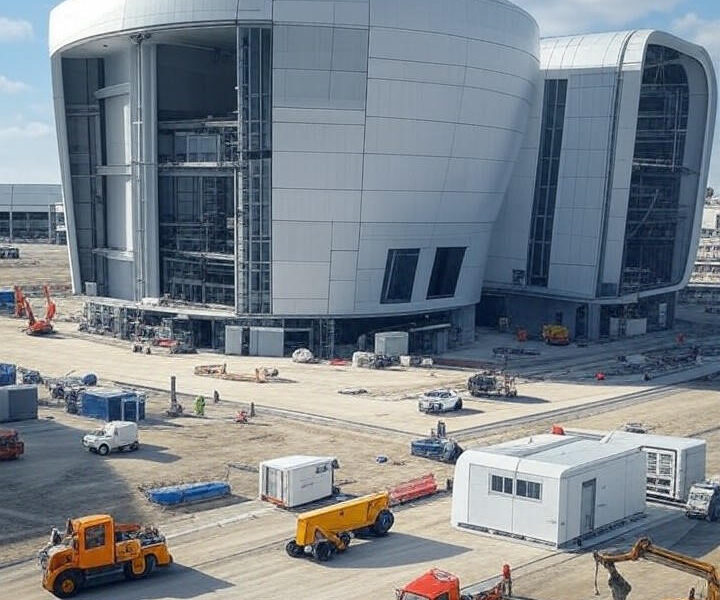The Trump administration has announced an ambitious plan to accelerate the development of nuclear fusion energy, aiming to position it as a vital source of power for the nation’s expanding artificial intelligence (AI) infrastructure. The roadmap, released by the Department of Energy, outlines a strategy to deploy the first generation of fusion power plants by the mid-2030s. This initiative emphasizes a “Build–Innovate–Grow” framework designed to align public investment with private-sector innovation.
Despite the promising goals, insiders familiar with energy policy express concerns about the plan’s feasibility, particularly given significant funding shortfalls. The roadmap aims to address the growing energy demands of AI data centers, which are expected to consume massive amounts of electricity in the next decade. By highlighting fusion’s potential to provide clean, limitless power, the administration contrasts this future with the current reliance on fossil fuels and intermittent renewable energy sources.
Challenges in Funding and Execution
While the initiative is bold, critics note that it lacks the financial backing necessary to support its ambitious timeline. Reports from The Verge indicate that the roadmap does not contain detailed funding mechanisms or immediate budget allocations, raising concerns that it may become another aspirational document in a field that has historically struggled with overpromises. The plan calls for advanced research in high-performance computing and AI to optimize fusion reactor designs, drawing insights from projects like ITER, the international fusion experiment.
Historically, federal budgets for fusion have remained modest, around $1 billion annually, which is significantly below what is required for commercial-scale deployment. Although private companies like Commonwealth Fusion Systems and TAE Technologies are investing heavily in fusion technology, the roadmap envisions a more coordinated national effort to harness this potential.
According to Inside HPC & AI News, the strategy seeks to integrate high-performance computing to simulate plasma behaviors, potentially shortening development cycles. Without new funding, however, these initiatives risk stagnation, especially as global competitors like China advance their own fusion programs.
Integration with AI and Broader Energy Goals
The administration connects the promise of fusion directly to the growth of AI, envisioning fusion plants as reliable baseload providers for data centers that could otherwise strain the electrical grid. This vision aligns with President Trump’s earlier executive orders promoting nuclear energy, including directives to expedite approvals for small modular reactors and uranium enrichment facilities.
Comments from energy analysts on social media platform X reflect optimism about the potential for this initiative to boost AI innovation, with users highlighting positive prospects for related stocks in uranium and grid infrastructure. Nonetheless, the roadmap’s lack of specificity—such as precise milestones for pilot plants or regulatory reforms—has prompted skepticism among experts.
As detailed in ANS Nuclear Newswire, the roadmap aims to address technological gaps, such as sustaining high-temperature plasmas, but its success relies on partnerships that may not materialize without significant fiscal incentives.
Path Forward Amid Uncertainties
For industry insiders, the upcoming budget cycle will be critical. Advocates are hopeful for billions in new funding to support the plan, which emphasizes workforce development and international collaboration as key components for fostering innovation. However, historical trends suggest that the commercialization of fusion remains elusive.
Trump officials argue that private investment, driven by AI demands, will fill the funding gaps, potentially leading to breakthroughs by 2035. Critics, however, caution against overreliance on optimism without tangible support. As fusion technology progresses, exemplified by milestones such as achieving net energy gain at the Lawrence Livermore National Laboratory, this roadmap signifies a pivotal policy shift. Ultimately, whether it advances the U.S. to a position of leadership in fusion energy or becomes another unfulfilled vision of energy innovation will depend on overcoming the funding challenges in an increasingly divided political landscape.







